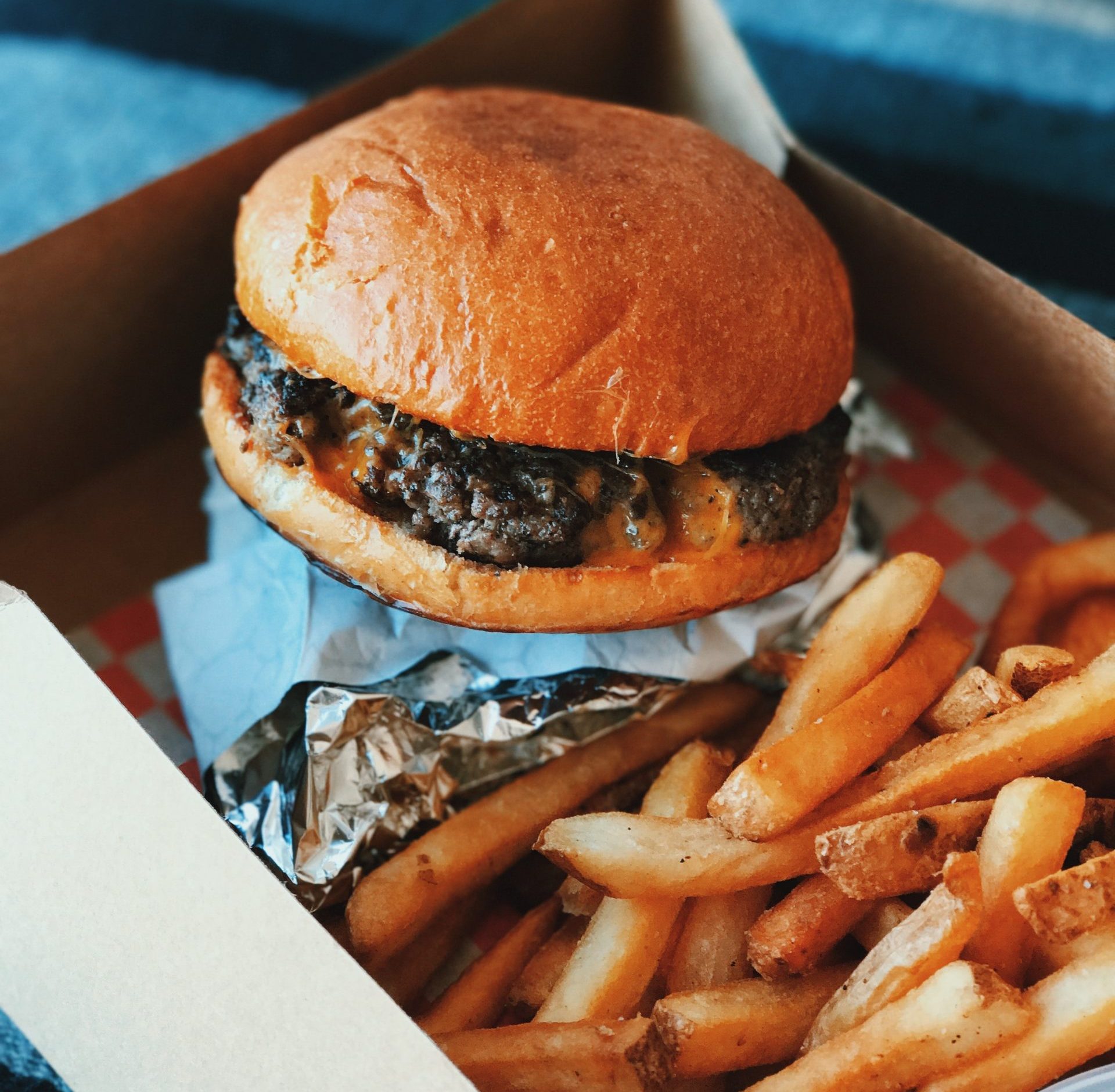The takeaway market’s rise has been the hospitality sector’s biggest success story, and it’s here to stay
Each time we turn on the news or scroll through social media on our phones, there’s another devastating story coming out of the hospitality, events, and catering industry.
Alongside travel and our country’s gyms, no sector has felt the impact of COVID-19 quite like ours but, within that, there have been some real success stories.
Pubs, bars, and restaurants – right across the UK – have pivoted their models and done what is necessary simply just to keep going, and its biggest saving grace, arguably, has come in the form of takeaway.
Often associated with fast-food chains and cheap on the go food, many of these previously static businesses have had to become mobile, and takeaway has not just become an option but an essential part of many establishments in a short space of time.
Beyond that, however, is that by entering that market, our pubs, bars, and restaurants haven’t just done so to make up the numbers, but instead have taken the market to a whole new level in terms of quality.
Rather than be a temporary fix during this pandemic, I believe this new commitment to a quality takeaway offering will remain in situ, not only for the foreseeable future but permanently.
And with that, we’re going to see many different changes – starting with Christmas, which is going to look very different for the hospitality sector.
How will the rise in takeaway impact Christmas?
As with previous years, many restaurants would have been gearing up for the festive period at the beginning of October.
Grand four-course packages would have been planned. Booking systems would be open and taking orders for families to get together and enjoy the bulk of the day in one place.
But, due to the current environment and restrictions that have been slapped on us that, naturally, isn’t going to happen this year.
Establishments will still be hosting Christmas meals but at a dramatically reduced rate, with a limited number of families now able to get together while adhering to the spacing and new tier guidelines.
Instead, rather than just stick to that, we’re going to see takeaway become the prime option on Christmas Day – something we have never seen before in our country – where an order can be placed for these menus in order to have it delivered to you on the day, with no cooking, no hassle, and very little cleaning involved.
Many of the biggest retailers, like Morrisons, have already entered this market by offering their own version and, while it is incredibly convenient, I believe pubs and restaurants that offer this service will be able to offer an unmatchable quality.
Something else to look out for is the Heat to Eat Christmas lunch, which would arrive with the customer on Christmas Eve, ready to be warmed on Christmas Day.
While there will be a natural disappointment that families can’t get together in our pubs and restaurants, this is going to be the next best option this year, particularly for those young families that want to enjoy the excitement of Christmas with their children but without the stress of cooking a huge meal or the worry of going out somewhere under the current circumstances.
This shift hasn’t just improved the industry’s food offering
COVID-19 has certainly changed our product sales.
Catering24’s core business is takeaway packaging and we have seen a change in the style of packaging due to the rise of takeaway – and not just takeaway, but quality takeaway.
Prior to the three-month peak of COVID-19, our business would have sold half a million paper cups. During that period, however, we sold none. But our sales for food and plastic microwavable containers went through the roof.
As we came out of lockdown, they went down and the cup sales shot back up. It is a measure of how the trends are going and what is happening within our industry.
We’re seeing far more businesses, right now, purchasing leak-proof containers and products that will help keep the food warmer for longer, and more secure. We expect this will only become more popular the closer Christmas gets.
The business already sold those products, but the volume at which we have purchased and sold it on has been far greater.
Burger boxes have also been immensely popular, too. Prior to COVID-19, they often would arrive in a polystyrene container, but what we have seen is that the bars and restaurants that have pivoted their business are refusing to sell their premium food in that basic style of packaging.
Instead, they have shifted to a premium cardboard box style that opens out into a platter. Foil containers with lids have been popular, particularly with Sunday dinners.
Like takeaway, Click & Collect is now essential, not just an option
A lot of our restaurants have fantastic, well-trained chefs, on-site. They also have good suppliers and great facilities to produce quality food.
And what’s clear is that thriving and bustling premises aren’t required to be successful right now. While that is a huge shame, businesses need to do what they can at the moment, and the answer lies in service.
Just like entering the takeaway market, Click & Collect has seen a huge shift from being seen as an option to tick a box to now being essential to the business model.
This has been a real wake up call for a lot of people working in the sector and there is going to be a real shift towards technology, whether that be a surge in Click & Collect websites or more apps being launched.
Hospitality, events, and catering, traditionally, are always behind other sectors when it comes to embracing new technology and ways of working – even as far back as sticking to the paper catalogue because it didn’t embrace the laptop when it first arrived on the scene.
COVID-19 has changed our industry as we know it. I do believe it was in the process of change anyway, but this pandemic has steered it.
There is a downside to this… will CPUs replace our high street outlets?
This is the biggest impact the rise in takeaway and the flexibility of it could have on our industry as we approach 2021: that potentially we could see fewer retail catering outlets on the highstreets and instead more CPU type kitchens.
Often, you find these on an industrial estate and you can rent a small warehouse and turn it into a bigger kitchen and a distribution centre – meaning these businesses will be able to deliver more food than they would in a rented store.
It is far more expensive to have a retail shop where most restaurant kitchens are minute in comparison to a CPU. It is rare to have a kitchen in these locations where you have the luxury of space.
They are often super-tight and limiting and producing À la carte food from that sort of kitchen isn’t ideal. If you try to produce that for 20 people, you quickly find you have a problem. With a CPU, you can prepare food on a bigger scale – benefiting businesses as they turn towards takeaway.



